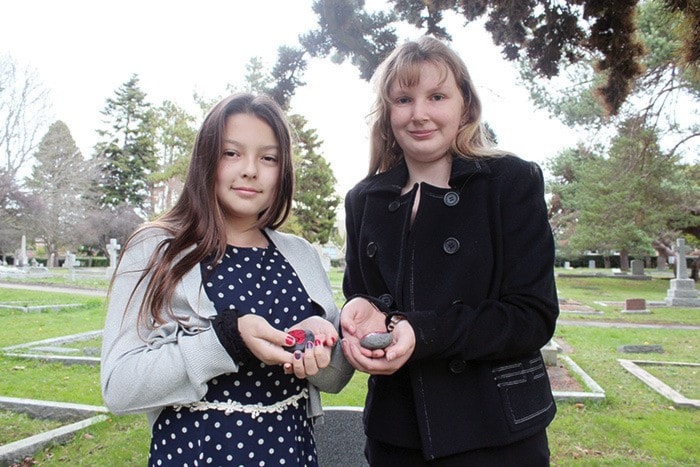The first time Barbara Fosdick saw German planes drop bombs on England in World War II, it was like a fire that lit up the night sky.
Fosdick was sitting on a hill outside Weston, in Somerset, England, as she watched bombs being dropped onto the City of Bristol, roughly 18 miles away from her. She remembers like it was yesterday the horror that unfolded before her.
“It was like it was on fire. There was this incredible red glow in the sky and you could hear the bombs exploding,” Fosdick said.
That's when Fosdick decided to do something about it.
The then 17-year-old, who was one of five children, decided to join the British army. After a few months of training, Fosdick, who now lives in Victoria, was sent to the Royal Artillery to help man anti-aircraft guns around the country.
Fosdick worked as a spotter in a team of dozens of men and women who helped track enemy planes and shoot them down en route to bomb allied cities. Fosdick was responsible for recognizing the enemy planes and directing the officer in charge of the gun to the location of the plane. Some teams worked alongside Fosdick using height-finders to see how high the plane was or predictors that guessed the speed, while men would work to load the 50-pound shells into the breach of the gun.
Hundreds of enemy planes would fly over constantly. During one period, planes littered the sky for 52 days straight.
Fosdick travelled to various areas around Britain, including Bristol, Cumbria and Cornwall, and was sent to wherever the demand was the greatest.
“It was dark, it was wet, it was cold,” Fosdisk said. “It was scary, there's no doubt about that.”
There were other dangers that came from the sky as well. Soldiers also had to be aware of V1 rockets or “doodlebugs.” Occasionally the engines would fail on its way to its destination and the rocket would come crashing down, destroying city blocks wherever it landed.
They also had to watch out for shrapnel from their own anti-aircraft guns. Fosdick served alongside a woman who removed her steel helmet for a moment, only to be killed by shrapnel — something Fosdick said she'll never forget.
After nearly five years of serving in the army, a wave of relief washed over Fosdick when she found out the enemy had surrendered on May 7, 1945.
“It was this incredible sense of relief that we weren't going to be bombed anymore,” Fosdick said.
Shortly after, Fosdisk moved to Canada, where she met her husband, also a WWII vet. They lived in Edmonton, and eventually settled in Victoria, where she has lived for the past 70 years.
Now at 92 years old, she still remembers the friends, family and neighbours who were lost in the war and hopes people will wear poppies as a sign of remembrance on Friday, Nov. 11.
Students from Central Middle School had the opportunity to make a connection to soldiers lost in WWI and WWII last week as well.
More than 200 Grade 6 students, alongside soldiers from the Canadian Scottish Regiment, placed painted stones on the graves of each of the roughly 500 veterans buried in the Ross Bay Cemetery Thursday morning as part of the No Stone Left Alone initiative.
Christopher Macintosh, school principal, said many students are aware of Remembrance Day ceremonies, but having them see the graves where soldiers are buried helped them create a connection.
“We wanted a different way to connect with the soldiers who have died or served. We’re able to generate the atmosphere of a school, but it’s nothing compared to being down here where they’re buried,” he said.
Eleven-year-old Kalen Timothy said the event allowed her to pay her respects to the soldiers who lost their lives.
“I don’t think that any of us would be here or feel safe if it weren’t for them (soldiers),” she said, adding her grandfather served in WWII. “I think this is a really neat event and I think it’s nice that we’re coming down here and putting something on the soldiers’ grave . . . even though they’re not here with us they know we’re still appreciative of them.”
Students from Rockheights Middle School also laid stones at God’s Acre Veterans Cemetery in Esquimalt.
